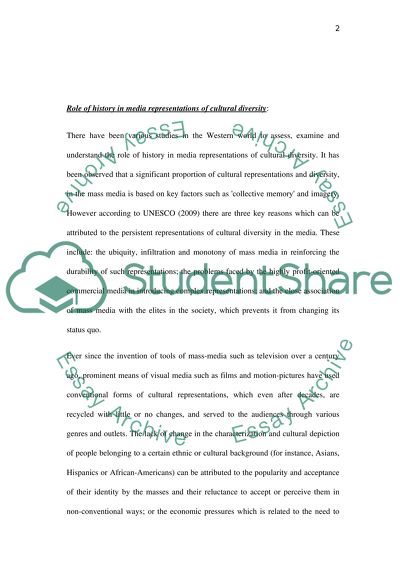Cite this document
(“Cultural diversity in the media Essay Example | Topics and Well Written Essays - 2750 words”, n.d.)
Retrieved de https://studentshare.org/visual-arts-film-studies/1392400-cultural-diversity-in-the-media
Retrieved de https://studentshare.org/visual-arts-film-studies/1392400-cultural-diversity-in-the-media
(Cultural Diversity in the Media Essay Example | Topics and Well Written Essays - 2750 Words)
https://studentshare.org/visual-arts-film-studies/1392400-cultural-diversity-in-the-media.
https://studentshare.org/visual-arts-film-studies/1392400-cultural-diversity-in-the-media.
“Cultural Diversity in the Media Essay Example | Topics and Well Written Essays - 2750 Words”, n.d. https://studentshare.org/visual-arts-film-studies/1392400-cultural-diversity-in-the-media.


